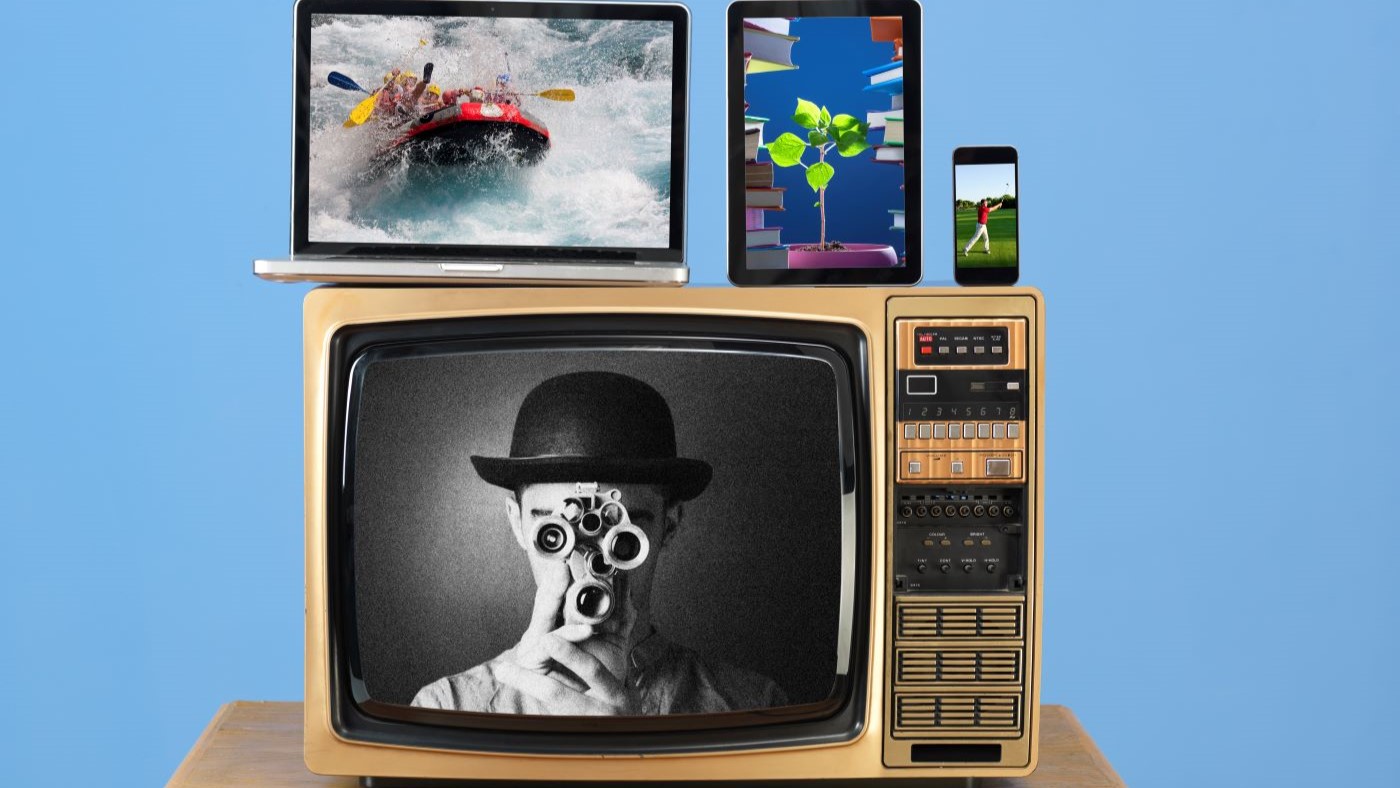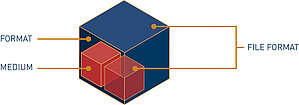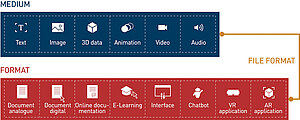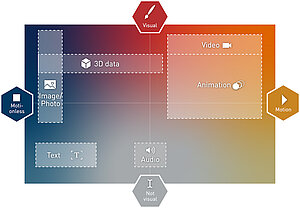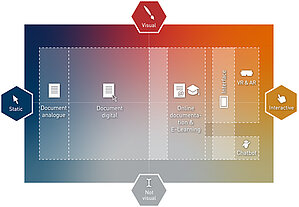Chatbots, Virtual and Augmented Reality applications, instructional videos, or e-learning: New technological developments have created opportunities, but also challenges and uncertainties. Relying on the principle "never change a running system", we often prefer to fall back on the tried and tested when confronted with unanswered questions, cost pressure, and concerns. In this article, we will explain why it is worthwhile to engage with innovative formats in technical communication and how you can develop a media concept that suits your individual requirements.
Just hype, or essential for the future?
Technological innovations are fast-moving and sometimes difficult to predict. Therefore, it is understandable that new developments tend to be critically questioned by management before companies are willing to invest in them. However, rashly dismissing innovative developments as volatile or insignificant carries a risk of its own.
Within the field of technical communication, digital transformation does, without a doubt, affect documentation in its entirety. This is why strategies and solutions that go far beyond the digital provision of a PDF are required. Dealing with digital and innovative formats is an essential part of future-proofing technical editing departments. Sensibly selected media and formats will form the basis for comprehensible information transfer. The decisions for these media and formats are then documented in a company-specific media concept.
Medium, format, file format – an overview
The three essential components that interact in a media concept are media, formats, and file formats. Because these terms are used in many different contexts, they do not have a conclusive definition. In the following, we will explain our understanding of the individual terms.
Medium
The term medium/media refers to processed information that is presented in such a way that the user can grasp it. The term does not imply which sensory impression will be addressed. Information products supplied by technical editing departments usually address the visual and auditory senses. For us, a medium is the smallest building block of an information product that conveys information.
Format
In our understanding, a format contains at least one medium. In addition, a format is the type and manner in which compiled information or an information product is made available. In this context, an information product can be, for example, a user manual that is made available in the formats “analog document” and “online documentation”. Most of the time, however, a format entails the aggregation of different media. Formats may be distinguished by their context of use, degree of interactivity, and the way they are made available.
File format
A file format is a specific or tool-dependent output of data that meets the requirements and conditions of the aforementioned formats. A file format is used to store, process, or provide formats as a file.
How the terms interrelate
Figure 1: Related consideration of the terms medium, format, and file format
- The format represents an information product
- A medium is the smallest building block communicating information
- Both media and formats have specific file formats
Please note that, in general, these terms are used differently. The subdivision into medium and format is not mandatory but contributes to better comprehensibility in this article.
Why you need a media concept
From a company's point of view, the goal of a media concept could be summed up in the following statement: Companies want to provide their users with information that is tailored to the initial situation so that the information is comprehensible and can be grasped quickly. The focus is therefore on user-friendly information transfer.
To reach this goal, the consistent use of defined media, formats, and file formats is required, as is an essential basis, a company-specific analysis of all factors that influence media and format selection. Such a detailed examination of the company's own products, application contexts, and requirements is a time investment. But it is also an opportunity to identify optimization potential within the company and, for example, to increase the reuse of certain content modules across formats.
In addition, a customized media concept can have a positive effect on the market positioning of a company. Integrating new formats properly influences the entire user experience. The trend in technical writing is currently towards electronic documentation, which can also be a useful trigger for rethinking the company's own media concept or introducing one.
In summary, the advantages of a media concept are:
- Standardized and consistent use of media
- Comprehensible and conclusive decisions
- Procedural guidelines for operational media production
- Quality assurance and quality management
- Opportunity for innovative market positioning
- User-friendly information transfer
Formats and media in technical editing
Now that we have introduced the different terms and the benefits of a media concept, we will show you an overview of the common media and formats in technical writing. We have compiled this based on our practical experience as a service provider for technical communication. The list may not be exhaustive.
Figure 2: Typical media and formats in the field of technical documentation
The 6-level model of information transfer
So, how to develop a company-specific media concept? The good news is that there are process models that support us in this endeavor. Based on Jesse James Garrett’s five elements of user experience (2011), we have put this model into a different context and enhanced it.
Our process model consists of six levels that build on each other from bottom to top. At each level, specific questions are answered and decisions are made. The individual levels do not stand on their own. Decisions influence each other across the boundaries of the levels and contain feedback. Although the model is sequential, it does not prescribe a strict sequence of steps: Levels can be worked on in parallel and, if necessary, decisions can be made at a higher level.
Figure 3 gives an overview of the model.

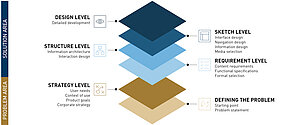
Figure 3: The 6-level model of user experience
The model can be divided into two main areas: the problem area and the solution area. The problem area is the central basis for all decisions and for the development of a solution. All decisions made in the solution area build on the results of the problem area and focus on finding a solution.
The model provides a helpful framework for conception. It provides support through a compact procedural plan that takes all relevant steps into account. Developments and innovations are based on sound and clear decisions and not on spontaneous ideas or technological developments.
However, the model does not provide detailed guidance on how to make decisions at each level. For example, it does not specify how to select an appropriate format or medium.
Maps for formats and media
For the selection of specific media and formats, we have developed what we call media and format maps.
The first step in the classification process is to identify the pairs of opposites that are relevant and crucial for your specific use case. Formats and media are then drawn into the coordinate system in relation to each other based on their characteristics. In this way, a map is created that provides a compact and comprehensible overview of formats and media, see Figures 4 and 5.
Figure 4: Media map
Figure 5: Format map
The path to user-oriented information
The 6-level model provides a helpful guide, and the maps form a clear decision-making basis for media and formats. However, it is always crucial to test the effectiveness of the conceptual decisions that have been made. An efficient test method is to involve users in the development process at an early stage and to perform user tests.
It is also important to note that a media concept always depends on the corporate context, for example, the corporate culture, working methods, or resource planning. As the media concept depends on many factors in the company, individual consideration and implementation are essential.
What it means to have courage
In conclusion, valid arguments can be made both for and against the use of innovative formats. Having courage in this context means: Do not blindly decide on the latest technology based simply on the latest trend, but first question and analyze it critically. It also means dealing with current developments, rethinking existing solutions, and being open to innovation and change. With all this information, nothing stands in the way of your own media concept.

